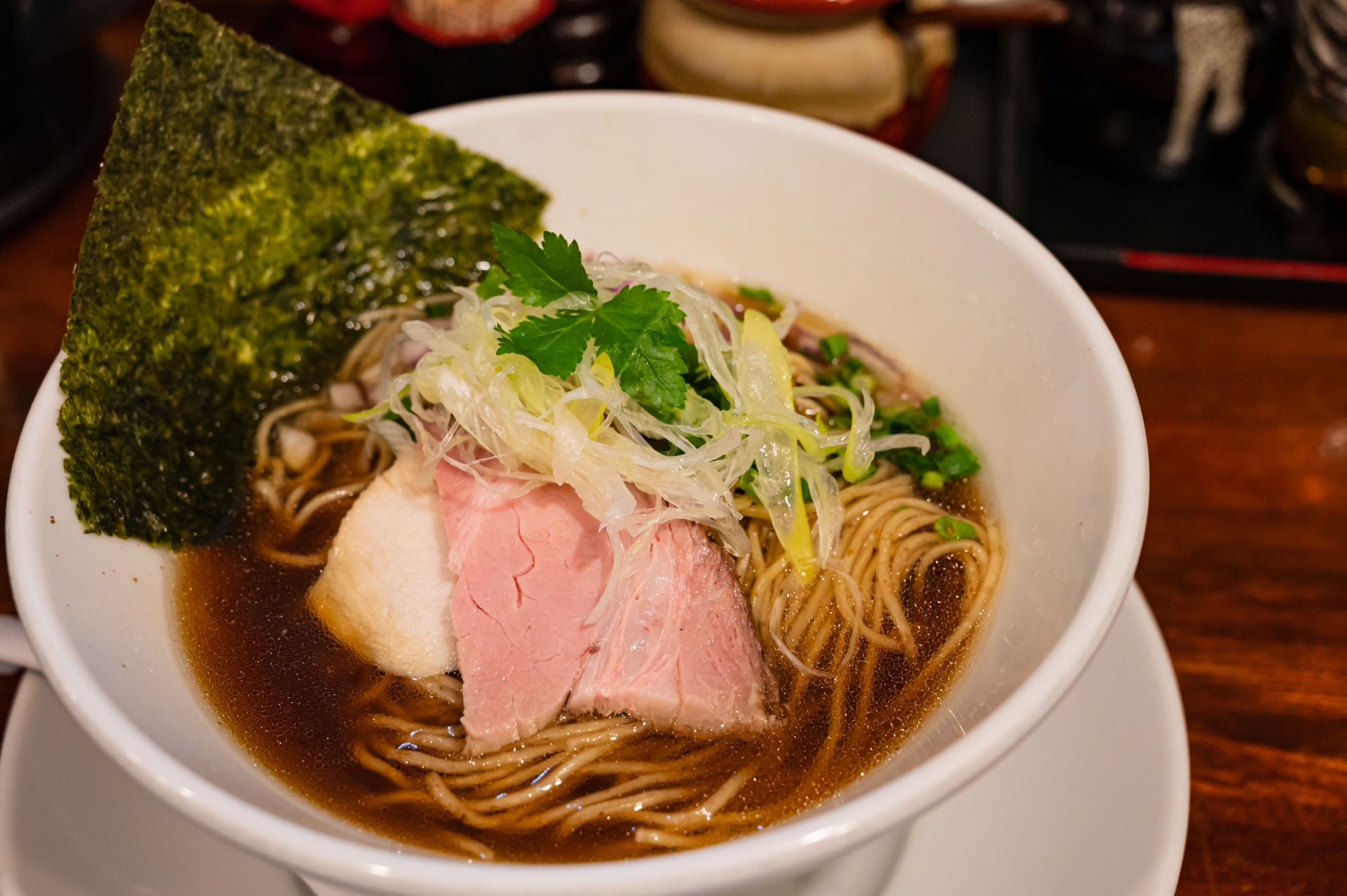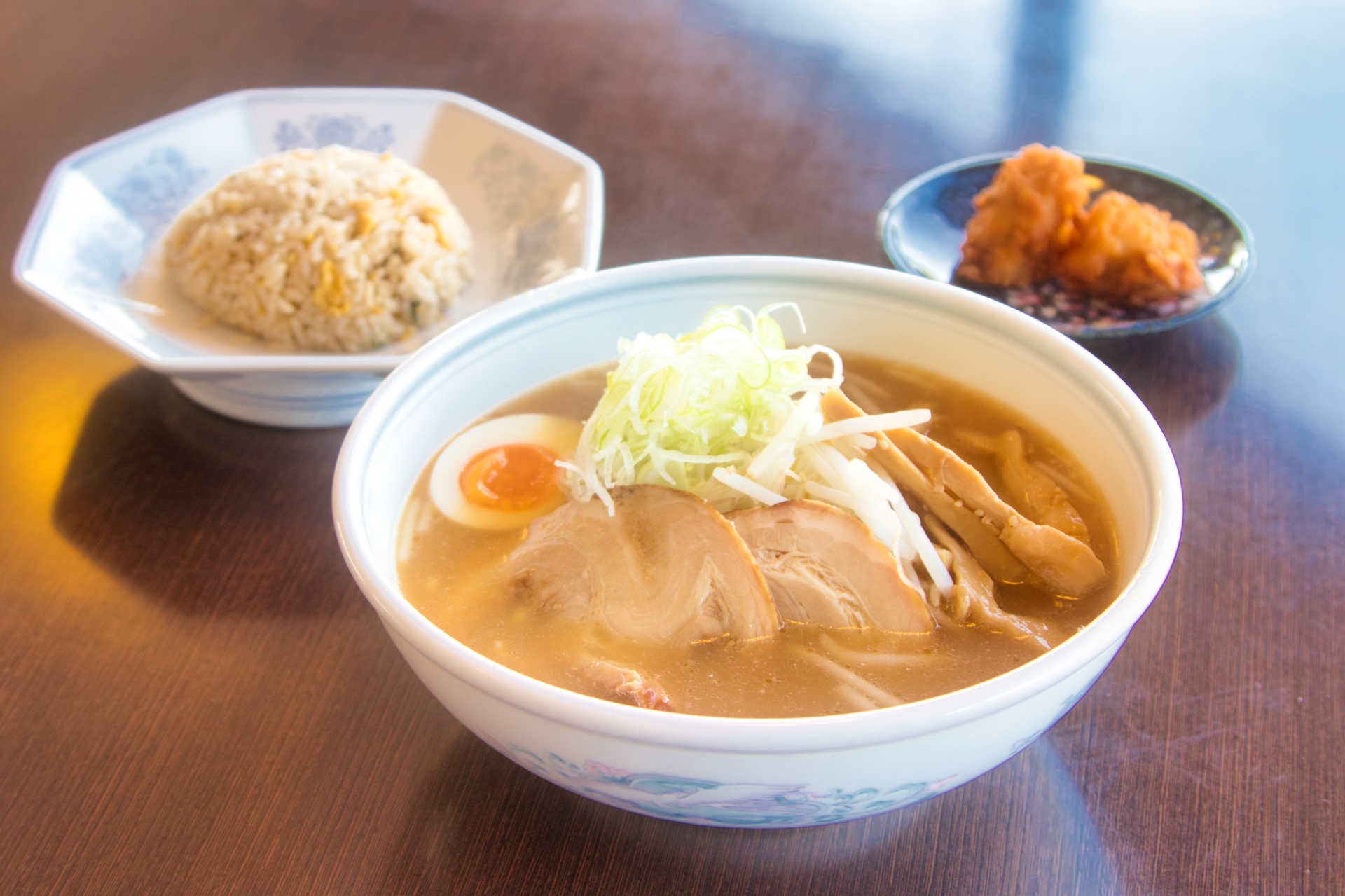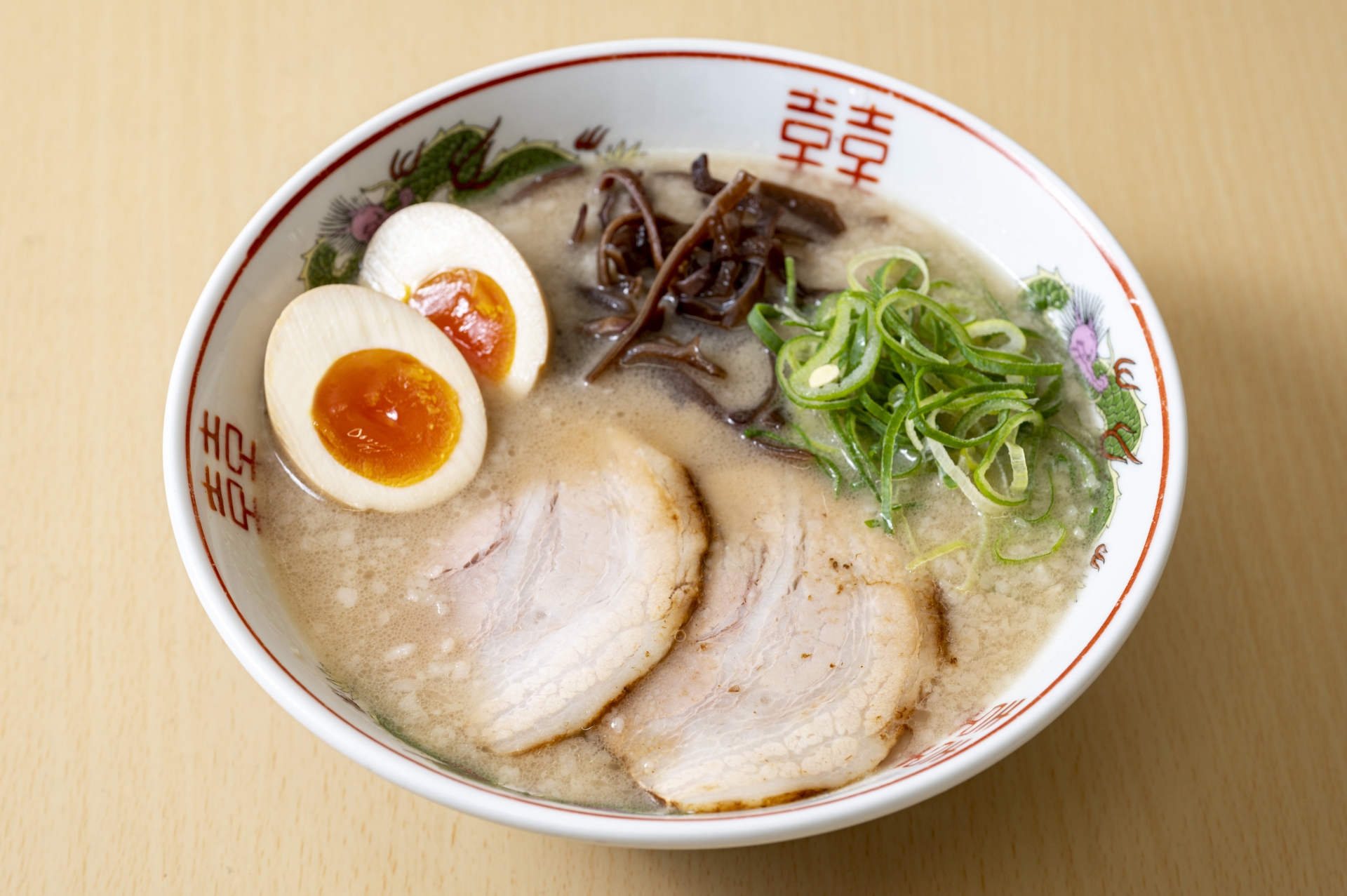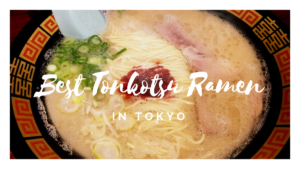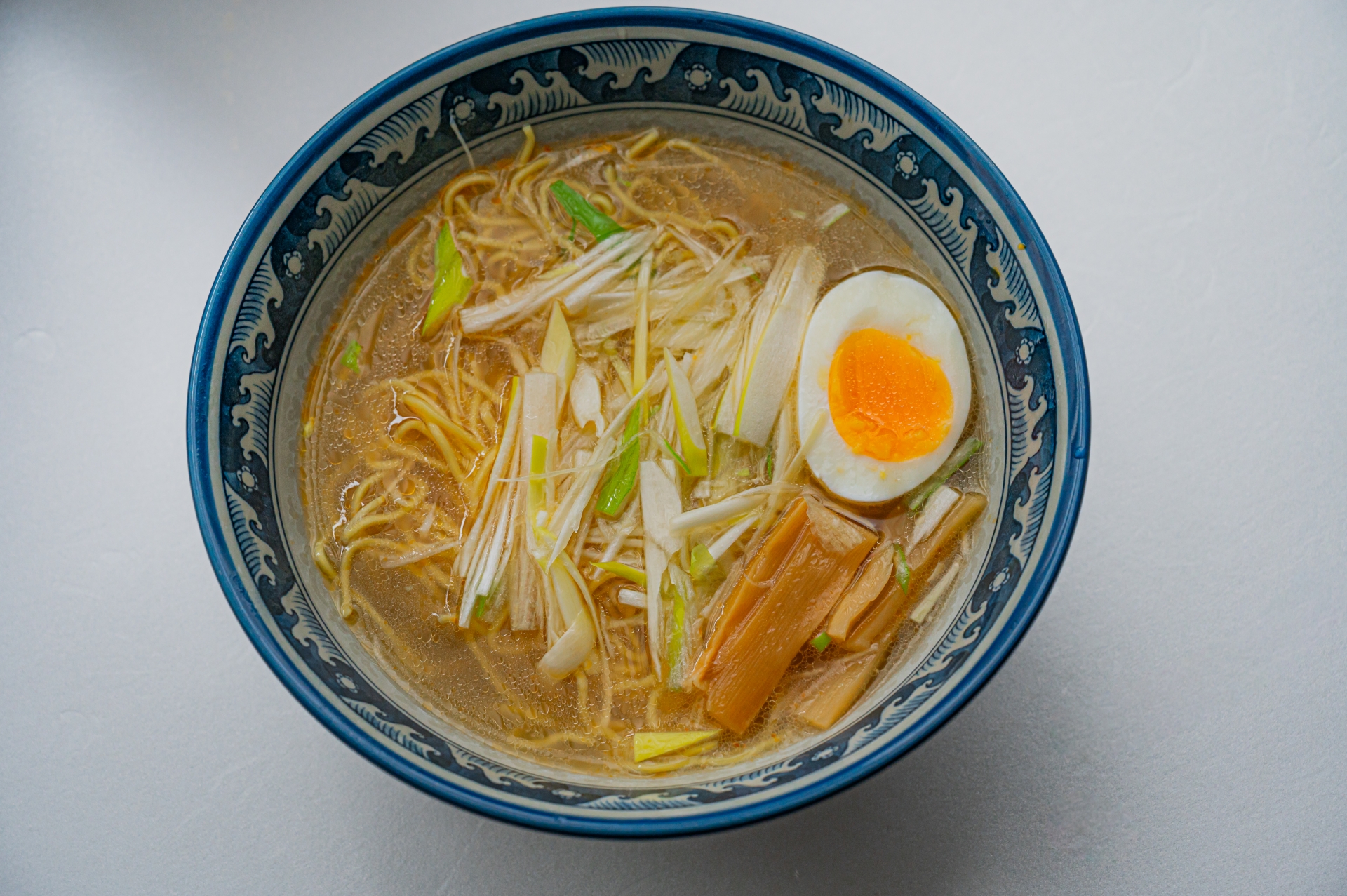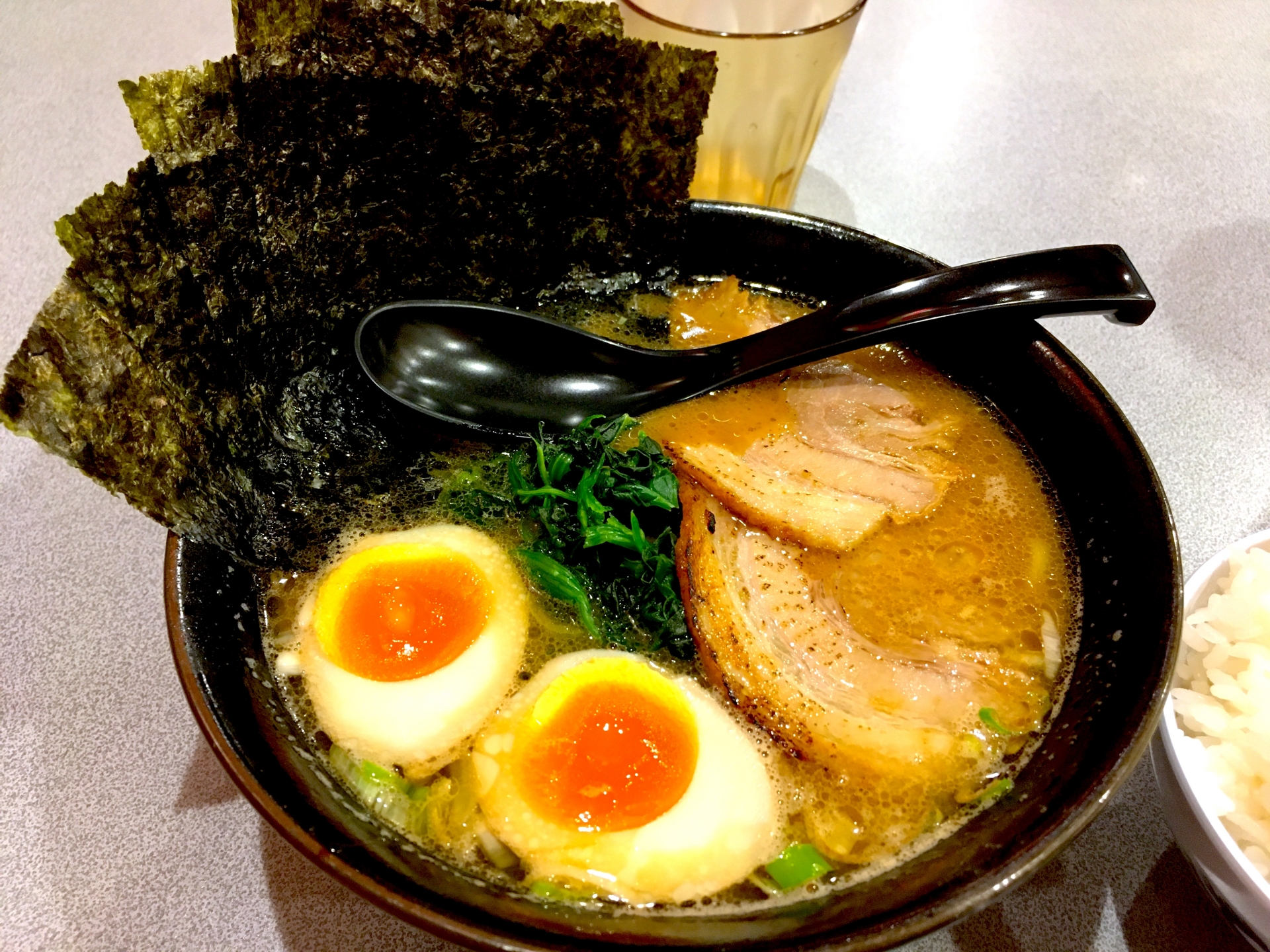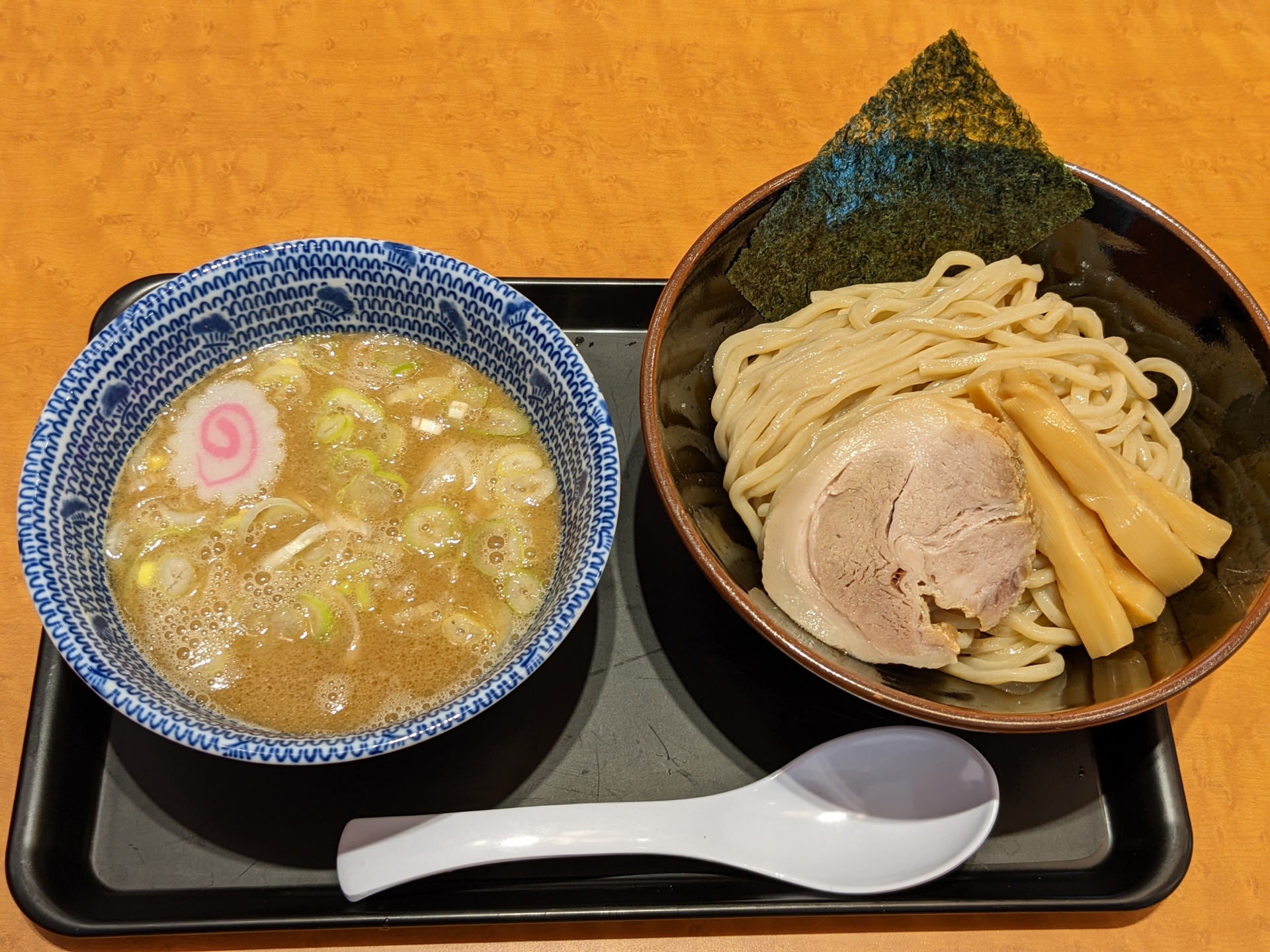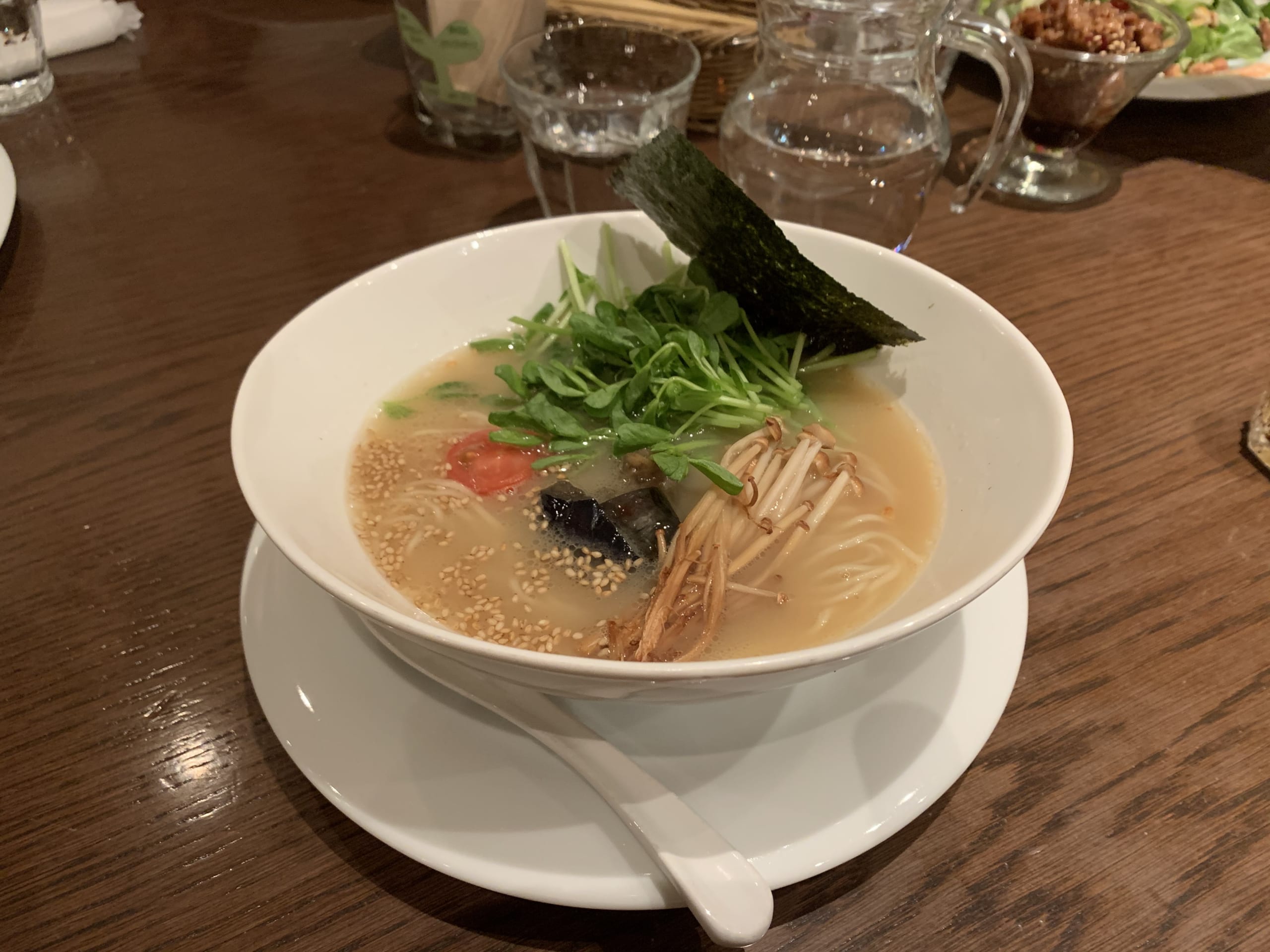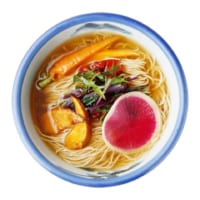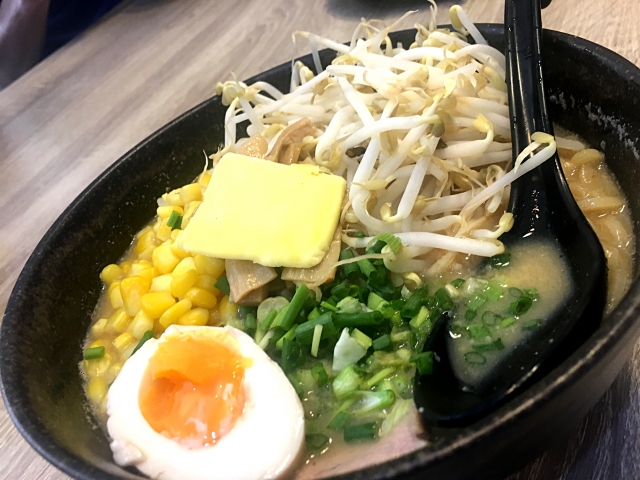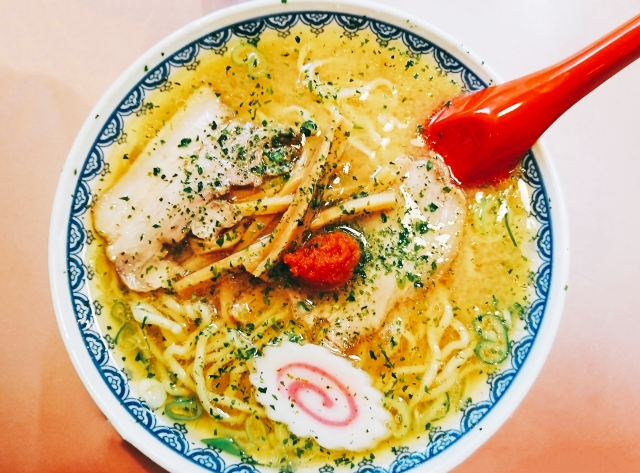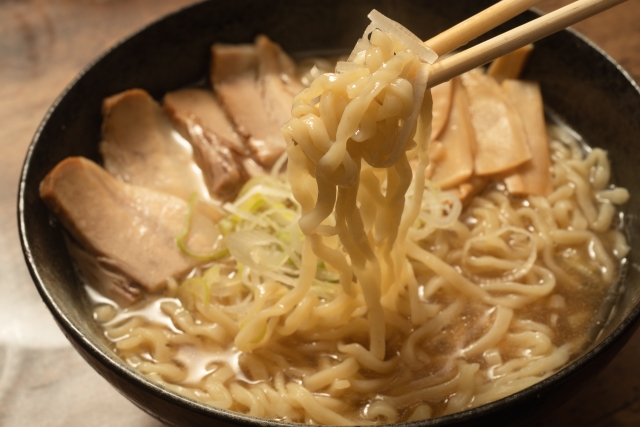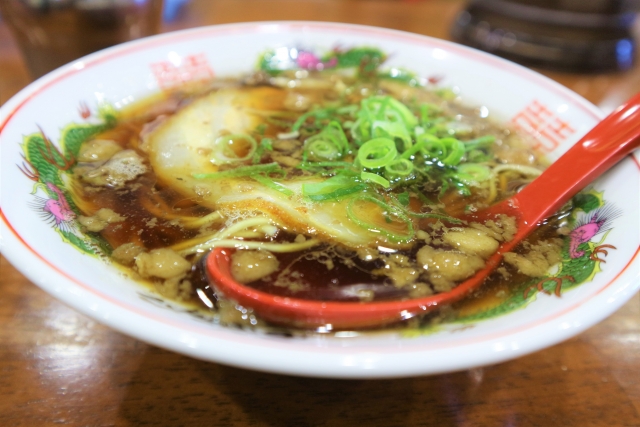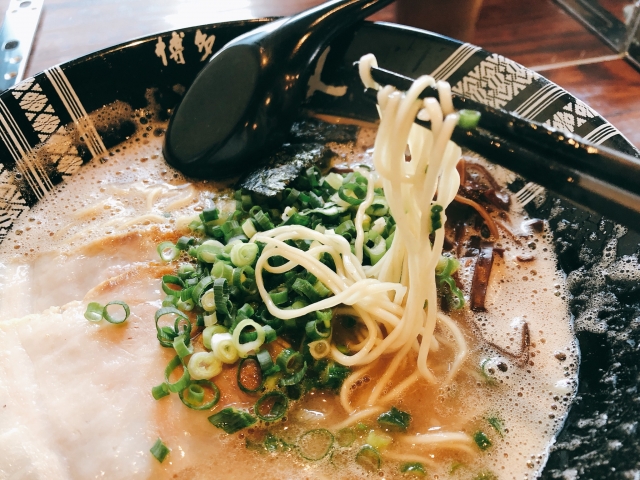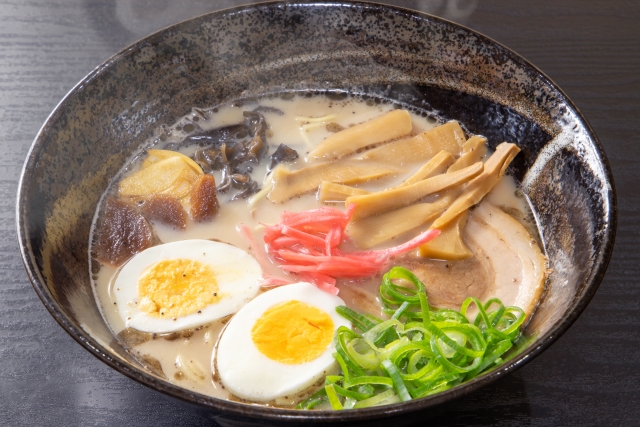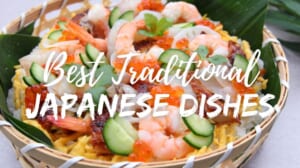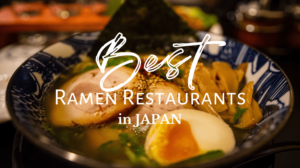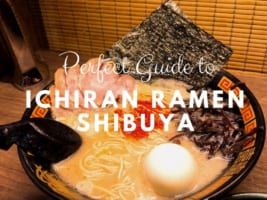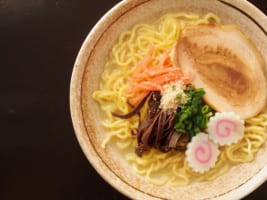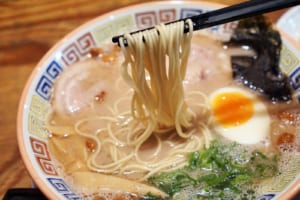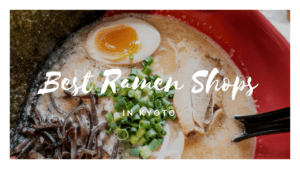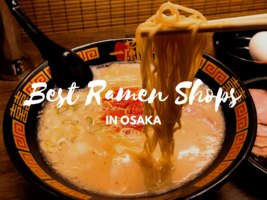Types of Ramen: Shoyu, Miso, Tonkotsu and so on!
The perfect guide to becoming a ramen expert!
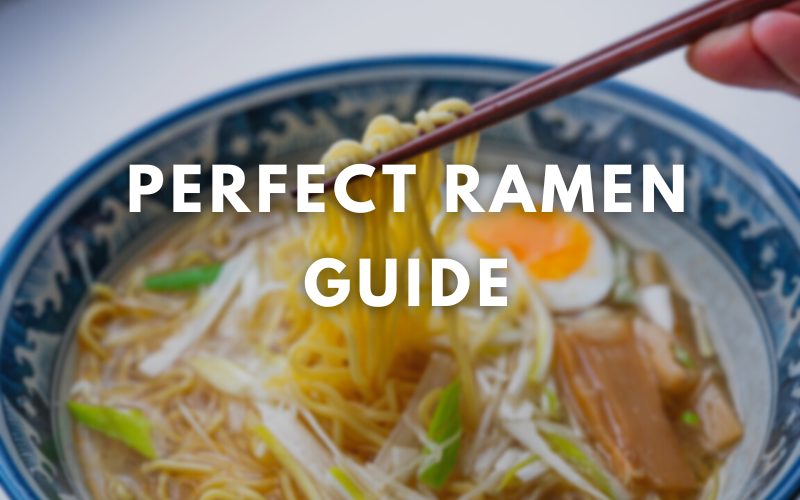
Ramen is one of the most famous dishes in Japan after sushi. Many lovers of the land of the rising sun are big fans of this dish. For me, one of the tests of a dish’s popularity abroad is whether and how many restaurants specializing in it are opened outside the country of origin. We all know that you don’t need to travel to Japan to eat sushi, as there are sushi delivery chains and restaurants in almost every major city. But in second place we have ramen restaurants. In almost every major European capital or in cities like New York it’s easy to find one or more Japanese ramen restaurants.
Although ramen has been popularized abroad mainly via Japan (and as a proof, we use the Japanese name ramen), this dish came to Japan via China. But unlike what you might think, its arrival in Japan was relatively recent. It was around 18-19 that Chinese immigrants first brought the concept of a hot noodle soup. And what is often recognized as the first ramen restaurant in Japan opened in 1910.
Ramen is an inexpensive, filling and easy to customize with different toppings, three factors that quickly made it a very popular dish in Japan. Over time, different versions of ramen appeared all over the country, depending on the prefecture or region, adapting it to local tastes and ingredients. So today you can find a wide variety of different types of ramen depending on the place!
1. Shoyu (醤油/しょうゆ)
Shoyu ramen is probably the most Japanese ramen of all, and is also said to be the one that has been in Japan for the longest time. It’s said that this ramen was first served in a small restaurant in the Asakusa district of Tokyo in 1910. Shoyu is the Japanese word for soy sauce, an indispensable ingredient in Japanese cuisine that is eaten almost every day. The vast majority of Japanese recipes contain soy sauce, sake and/or mirin. In the case of shoyu ramen, most restaurants make their own soy sauce.
Although it may seem to have a strong flavor given the soy sauce base, the broth is quite clear. It’s the most common type of ramen, and when a menu doesn’t mark what type of ramen it’s, usually it’s shoyu ramen.
2. Miso (味噌/みそ)
For those of you who are familiar with Japanese gastronomy, you will surely know miso soup. For those who are not, Miso is a fermented soybean paste very typical of traditional Japanese dishes. The most common way to eat it is in miso soup, a dish that the Japanese eat almost daily as an accompaniment to their meals. In Japanese-style food, known as washoku, the most common is fish, white rice and miso soup.
Miso ramen was originally born in Hokkaido, the northernmost region of Japan known for its cold, snowy winters. To face the cold, they needed a type of ramen with a thicker, heavier broth, so they added miso paste (and often butter).
3. Tonkotsu (豚骨/とんこつ)
And from the northernmost part of Japan we go to the south of the island, exactly to Fukuoka. In Japanese Tonkotsu is composed of the kanji for ‘pork’ and ‘bone’, which is exactly what the broth of this type of ramen is made of. Tonkotsu ramen originated in Fukuoka, but as with Hokkaido miso ramen, it spread throughout the country and is now a regular at any ramen restaurant.
The tonkotsu ramen is one of the most delicious, with a creamy and thick soup. There are different versions, especially in the original Fukuoka area. One of the most famous is hataka ramen, with thinner noodles.
▽Related▽
4. Shio (塩/しお)
Shio means salt in Japanese, and it’s a ramen made with chicken broth and salt. Shio ramen soup is light and simple in taste, but very delicious and easy to combine. Ramen is usually accompanied by meat, but in some regions of Japan or special restaurants Shio ramen can also be found flavored with seafood, with clams or even shrimp in the broth.
5. Iekei (家系/いえけい)
Also known as “Yokohama ramen” since that is where it originated, this variety of ramen is characterized by a pork bone and soy sauce based broth and thick noodles. It would be a mix between shoyu ramen and tonkotsu ramen. The name “Iekei” means “home style”. Its broth is very rich in flavor and in addition to the usual topping that can be found in other ramen such as boiled egg or pork, Iekei ramen is usually served with spinach.
6. Tsukemen (つけ麺/つけめん)
Tsukemen is a different way of eating ramen. The noodles and broth are served separately in two different bowls, instead of together. When it’s time to eat it, you need to pick the noodles and dip them in the broth. The noodles usually come with side dishes, such as pork, bamboo shoots or egg.
It’s a lighter option than regular ramen, as you don’t have to drink the soup. The broth is usually quite thick and hearty.
7. Vegan
If you are vegan/vegetarian but still want to try ramen, don’t worry because there is also vegan ramen! Veganism in Japan isn’t yet as widespread as in other countries, and much of its main cuisine is difficult to find in a vegan version. But for some years now, vegan options have timidly started to increase, and are slowly becoming more common.
And even if you’re not vegan, you can still try this new type of ramen. I’m not vegan myself but I’ve gone a few times with friends because I really enjoyed the taste!
▽Related▽
8. Hiyashi Chuka
Japanese love ramen so much that they created a version that can be enjoyed in the hot, humid summers. Hiyashi means “chilled”, and chuka is the Japanese word for Chinese food. Hiyashi Chuka is thus a ramen that is eaten cold. It’s usually accompanied by cucumber, tomato, omelet, ham and imitation crab, all finely chopped and dressed with tare sauce, as a cold pasta salad.
9. Regional Ramen (ご当地ラーメン)
Regional Ramen (a.k.a. Gotochi Ramen/ご当地ラーメン) is original ramen dishes from particular regions and cities in Japan, and there are considerably over 100 regional ramen existing across the country. Here, let’s go through some of the most notable regional ramen noodles in Japan!
-Sapporo Ramen (札幌ラーメン)
Sapporo Ramen, from Sapporo city in Hokkaido, is one of three greatest regional ramen noodles in Japan. Sapporo Rame is typically served with miso based soup and generous toppings include chopped scallion, beansprout and a slice of butter and sweetcorn.
-Akayu Ramen (赤湯ラーメン)
Akayu Ramen is from Yonezawa City in Yamagata Prefecture. “Yonezawa Ramen” is an original ramen from the city but this Akayu Ramen has taken the place to be the best Ramen in the prefecture. Most remarkably Akayu Ramen is served with a spicy miso paste on top which gives a great kick to the dish.
-Kitakata Ramen (喜多方ラーメン)
Kitakata Ramen, from Kitakata City in Fukushima Prefecture, is known as one of three greatest regional ramen noodles in Japan. It’s served with simple and delicate soya sauce based soup, frizzy noodles, chopped leek, sliced of chasiu pork and bamboo shoot.
-Onomichi Ramen (尾道ラーメン)
Onomichi Ramen, from Onomichi City in Hiroshima Prefecture, is served with soy sauce base soup blended with chicken and dried sardines stock from the Seto Inland Sea. The ramen is topped with chopped scallion, pork belly and small bits of lard which adds extra umami and depth to the dish.
-Hakata Ramen (博多ラーメン)
Hakata Ramen is probably the most famous regional ramen in Japan as it’s popular nationwide and there are many Hakata Ramen shops across the country. Hakata Ramen has rich and creamy pork stock soup with thin straight noodles.
-Kumamoto Ramen (熊本ラーメン)
Another great ramen from Kyushu Region, Kumamoto Ramen from Kumamoto City has a similarity to Hakata Ramen but has its own uniqueness and character. The most notable points of Kumamoto Ramen are the Maayu (black garlic oil) which gives a great savory flavour and unique toppings such as kikurage wood ear mushrom, takana pickled mustard greens and red pickled ginger.
– Where to Taste Regional Ramen in Japan
The best place to taste Gotochi Ramen without travelling far is to visit Ramen Museum in Yokohama! It’s a food amusement park where you can taste the Ramen from 9 different local Ramen shops at a nostalgic post-war themed food court.
More info:
▽Here is the complete guide to learn Best Traditional Japanese Dishes!▽
▽Check out the best ramen restaurants all over Japan!▽
For more information about traveling and living in Japan, check these articles below, too!
▽Related Articles▽
▼Editor’s Picks▼
Written by
From Barcelona to Tokyo. Coffee & Adventure lover.
I started to like Japan because of the anime, music and dramas, but after my first trip to the country I found what I love the most: traveling around, the culture and history. I have travelled a lot in Japan, but I still have many places to discover that I want to share with you. Let’s discover Japan together!
Also, as a foreigner living in Japan for over 6 years I understand what kind of things are difficult when you move here and I want to help other people in the same situation that I have in the past.





